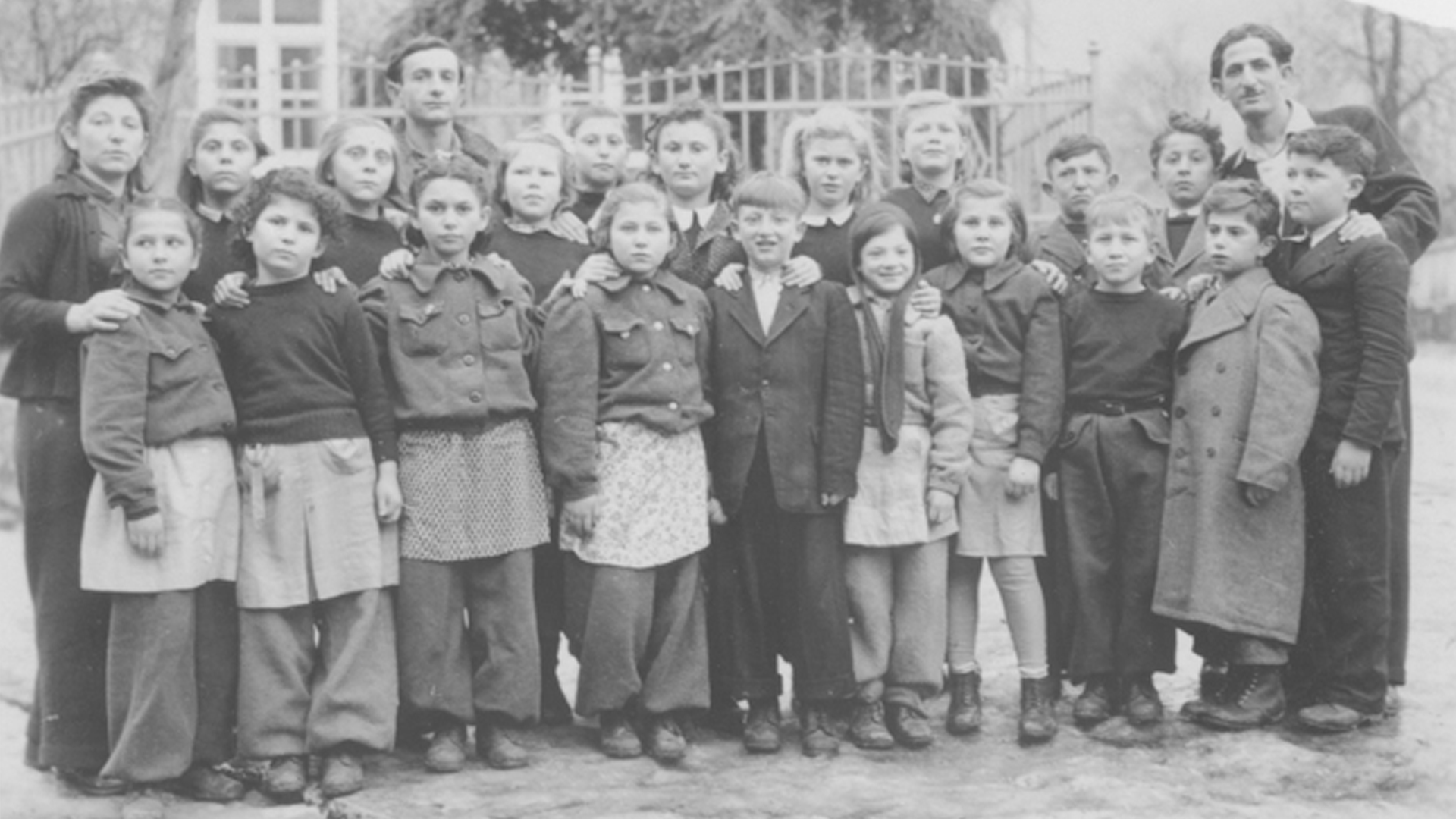Displaced Persons
In 1945, there were approximately seven million people in the three western occupation zones, who because of the ware were no longer in their home countries – so called “displaced persons” (DP).
They were mostly abducted forced labourers or former prisoners of the concentration camps and their subcamps. After the end of the war, the Allies accommodated the DP in barracks or hutted camps. About 450 such camps had been set up in the American occupation zone by 1946. Founded in 1943, the international aid agency, the United Nations Relief and Rehabilitation Administration, took on the feeding and coordination of the DP.
The Allies took care of the organised return (repatriation) of a large portion of the DP to their home country of origin. In order to found their own state of Israel, Jewish survivors made perilous attempts to enter the British protectorate of Palestine. From 1947, as yet unrepatriated DP were settled in other countries (resettlement), including Great Britain, Canada, Belgium, the USA, France and Australia.
Those people who could not return to their home countries, often lived in the camps permanently. The largest one in the Landsberg area was the Saarburg barracks, which in December 1945 already held around 5,000 people. In 1951, the equality of the DP in the Federal Republic of Germany was regulated by the “Legal Status of Aliens Act”. The last camp in Upper Bavaria, Föhrenwald, closed in 1957.


